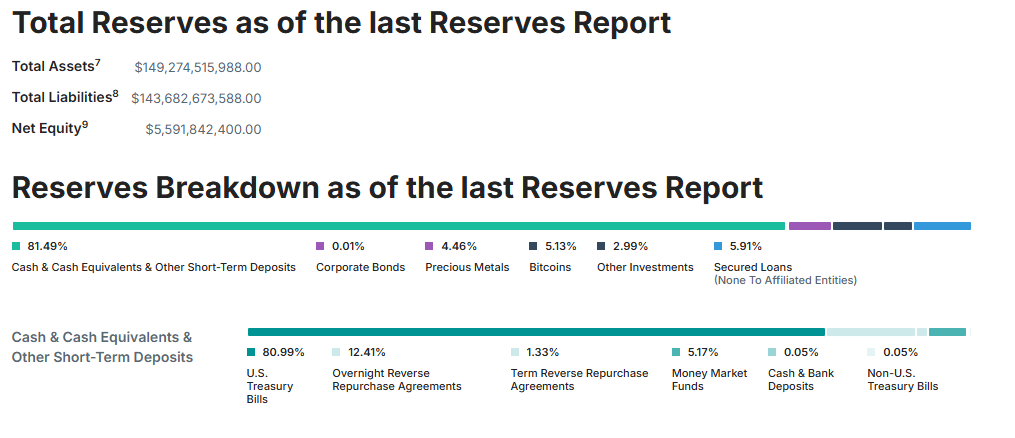-
Stablecoins are poised to reshape the global financial landscape, with U.S. Treasury bills underpinning the majority of their reserves, signaling robust institutional trust.
-
Market projections suggest stablecoins could surpass a $2 trillion valuation by 2028, driven by regulatory clarity and increasing adoption in global payments.
-
According to Treasury Secretary Scott Bessent, “Stablecoin legislation backed by the U.S treasuries, T-bills, will expand U.S dollar usage via the stablecoins all around the world.”
Stablecoins backed by U.S. Treasury bills are set to exceed $2T by 2028, with legislation and market demand fueling growth in global dollar usage.
Stablecoins Drive Demand for U.S. Treasury Bills Amid Regulatory Advances
The growing prominence of stablecoins in the digital asset ecosystem is significantly influencing demand for U.S. Treasury bills (T-bills). As highlighted in a recent Treasury Department report, stablecoins like Tether’s USDT hold approximately 81% of their reserves in T-bills, underscoring the critical role these government securities play in maintaining liquidity and stability.
In Q1 2025, Tether emerged as the 19th largest net buyer of T-bills, holding $119 billion in these instruments. This substantial allocation reflects a strategic approach to reserve management, balancing safety with yield. Similarly, Circle’s USDC stablecoin maintains a comparable reserve structure, emphasizing the sector-wide reliance on U.S. government debt.

Source: Tether
Legislative Momentum Enhances Market Confidence and Growth Prospects
The recent passage of the Senate stablecoin bill, known as the GENIUS Act, marks a pivotal step toward formalizing the regulatory framework for stablecoin issuers. This legislation aims to provide clear operational guidelines, enhance user protections, and mitigate illicit financial activities within the sector.
Market response to regulatory clarity has been notably positive. Circle’s IPO performance, with its stock surging over 300% from pre-IPO levels, exemplifies investor confidence in the stablecoin market’s growth potential. The sector’s rapid expansion—from a $5 billion market cap five years ago to $251 billion today—reflects increasing adoption and institutional interest.

Source: DeFiLlama
Stablecoins as a Catalyst for U.S. Dollar Dominance in Global Payments
Treasury Secretary Scott Bessent emphasized stablecoins’ potential to reinforce the U.S. dollar’s status as the world’s reserve currency. By leveraging stablecoins backed by U.S. Treasury securities, the dollar’s usage could expand significantly in international remittances and cross-border business transactions.
The anticipated growth to a $2 trillion market cap represents an eightfold increase from current levels, driven by the stablecoin sector’s unique ability to combine blockchain efficiency with the stability of U.S. government-backed assets.
Market Implications and Future Outlook
The integration of stablecoins into mainstream finance presents multiple benefits, including enhanced payment speed, reduced transaction costs, and increased transparency. However, these advantages hinge on the establishment of robust regulatory frameworks like the GENIUS Act, which aim to balance innovation with financial stability and consumer protection.
As stablecoins continue to gain traction, their influence on traditional financial instruments such as T-bills is expected to deepen, potentially reshaping capital flows and monetary policy considerations.
Conclusion
The stablecoin ecosystem is entering a transformative phase, underpinned by strong reserve backing in U.S. Treasury bills and bolstered by progressive legislation. This convergence positions stablecoins as a pivotal force in sustaining the U.S. dollar’s global dominance and driving the next wave of financial innovation. Stakeholders should monitor regulatory developments closely, as clear legal frameworks will be essential to unlocking the sector’s full potential and ensuring sustainable growth.





